The use of salt as a disinfectant is as old as time itself. Records dating back to Hippocrates reveal its application in killing bacteria, fighting infections, and cleaning wounds. Ancient cultures, such as the Egyptians, Romans, and Greeks, incorporated salt into their medical practices, using it to treat a variety of conditions, from minor mouth sores to severe battle injuries. But how does this ancient remedy work, and is it still relevant today?
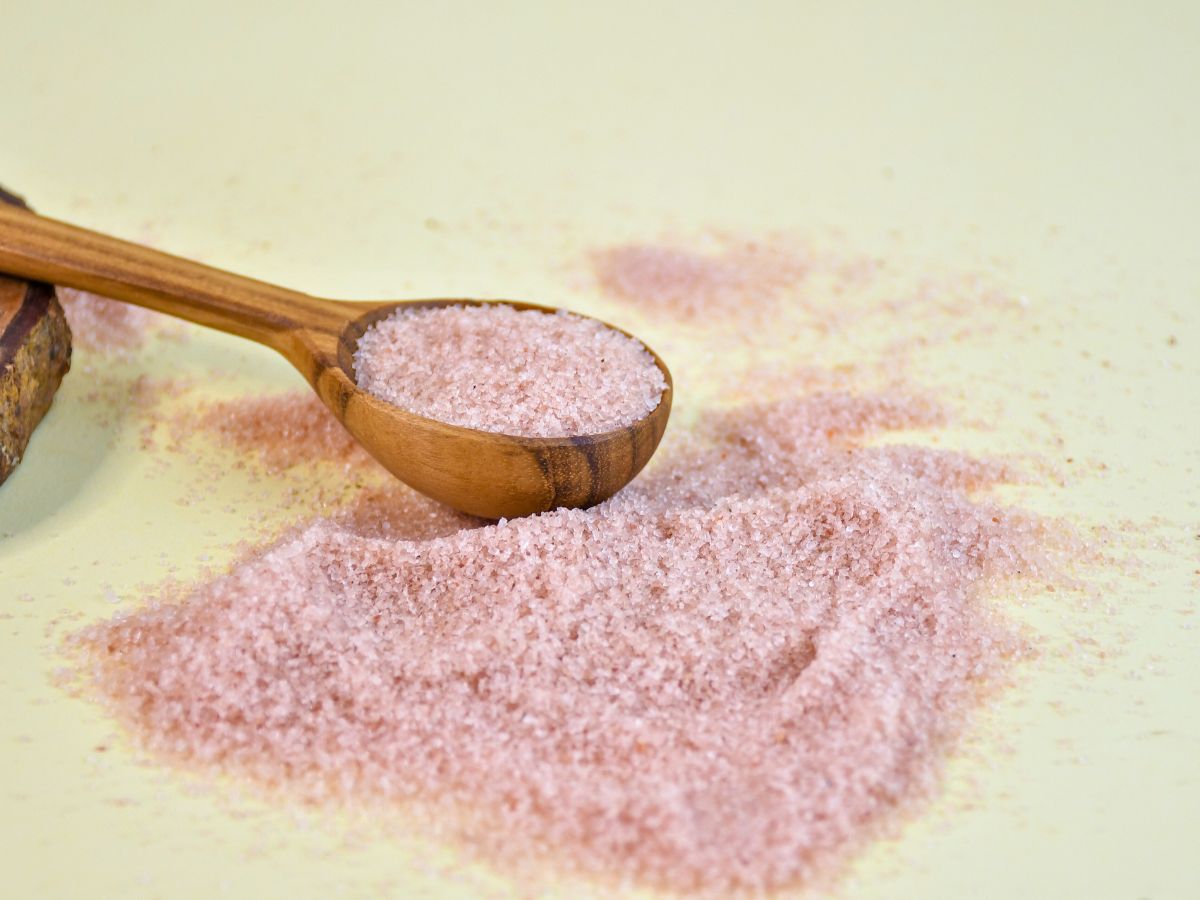
The Science Behind Salt as a Disinfectant
The secret to salt’s powerful antimicrobial properties lies in a process called osmosis. When salt comes into contact with bacteria, it creates a hypertonic environment, pulling water out of the bacterial cells. This is called dehydration, which disrupts the cell’s structure, ultimately killing the bacteria. It’s a simple yet effective way to destroy harmful bacteria.
Simply put, a hypertonic environment is when the area around a cell contains more salt than the inside of the cell. This imbalance forces water to leave the cell to balance things out, causing the cell to shrink and eventually die from dehydration.
Choosing the Right Salt
When discussing using salt as a disinfectant, we’re not referring to the refined table salt most people have in their kitchens. Over 90% of common table salt is either extracted from brine (saltwater) or produced as a byproduct of petroleum refining.
During processing, this type of salt is subjected to extremely high temperatures, which strip away all the beneficial minerals. To make matters worse, additives are mixed in to prevent clumping and keep the salt bright white. These additives often include chlorine bleach, ferrocyanide, talc, and silica aluminate—ingredients you wouldn’t want to ingest.
The kind of salt you need for disinfecting is real salt, mined directly from the earth. Understanding this distinction is essential before using salt for any disinfectant, whether around the house or for your family. While regular table salt can work for cleaning surfaces, I wouldn’t recommend using it for anything internal.
If you want to learn more about the different types of salt, you can read our companion article. This is the salt we use.
Historical Uses of Salt as a Disinfectant
- Food Preservation: Salt has been a cornerstone of meat preservation for millennia. As salt draws moisture from meat, it creates an inhospitable environment for bacteria, preventing spoilage. Ancient civilizations, such as the Egyptians and Romans, used salt to preserve meat, fish, and other perishable goods. Salt-cured meats, like ham and bacon, and salted fish were staples in the diets of many cultures including the American frontier.
- Salt-curing involves rubbing salt into the surface of meat or fish, drawing out moisture and inhibiting bacterial growth.
- Brining involves soaking food in a saltwater solution, which can penetrate deeper into the food and provide more effective preservation.
- You can read more about preserving meat with salt in our companion article.
- Wound Care: Salt’s antiseptic properties have been recognized and utilized for centuries. Ancient cultures, including the Greeks, used salt to clean and disinfect wounds. Its ability to draw out impurities and kill bacteria has made it a valuable tool in wound care. Soldiers in ancient battles often used salt to clean and treat their wounds.
- Household Disinfectant: Throughout history, salt has been used to scrub down tables after butchering, sanitize cooking areas, clean dairy equipment, and even scrub pots and pans. Its effectiveness in killing bacteria and preventing its return made it indispensable.
- In today’s world, we’re so accustomed to chemical cleaners that it’s easy to forget salt and water were once the primary disinfectants. People used this simple solution to clean everything from fresh produce to baby bottles.
- Salt remains a safe, effective, and affordable way to clean and sanitize, offering a natural alternative to harsh chemicals.
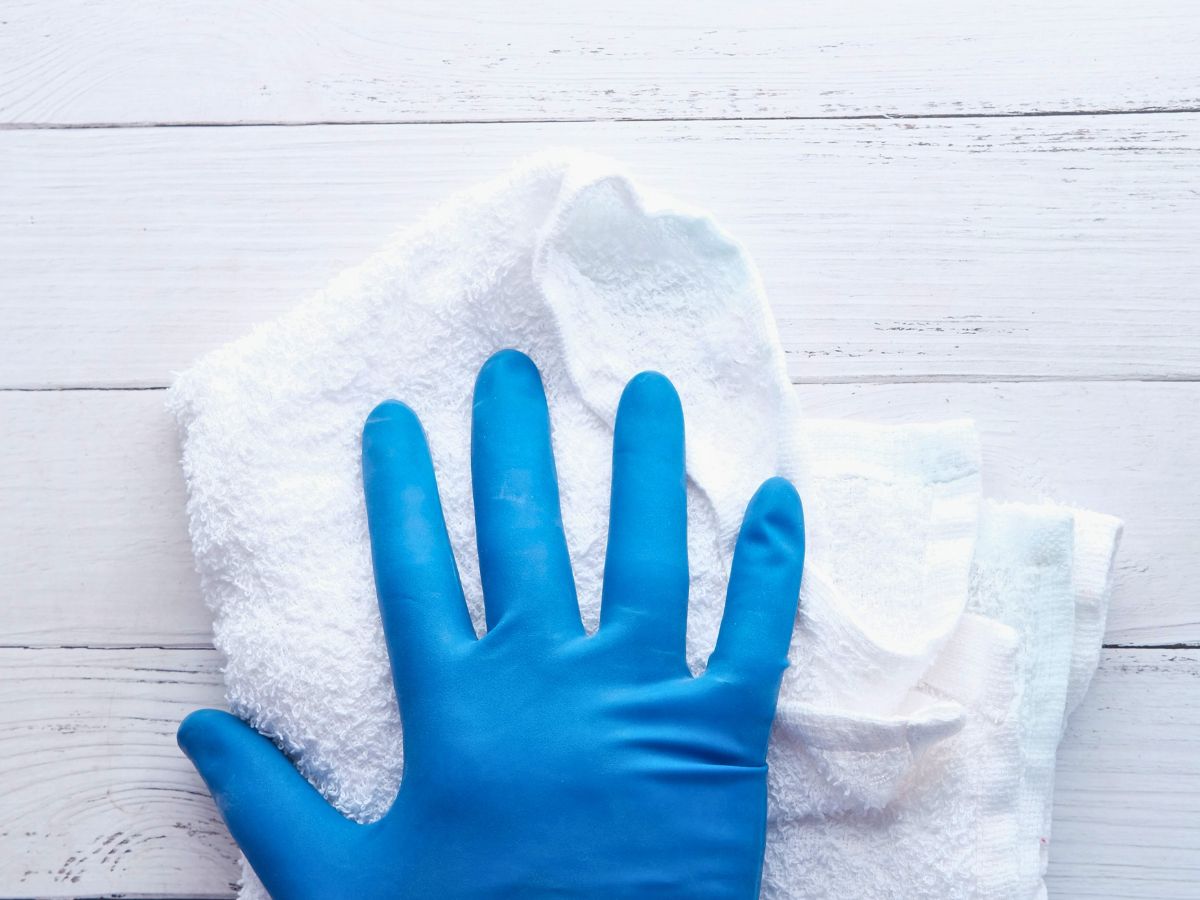
Practical Ways to Use Salt Every Day
Salt is incredibly versatile as a disinfectant, offering a range of applications. You can use it as a dry scrub for cleaning surfaces or as a poultice for wounds or skin conditions. A hot saltwater bath soothes sore muscles, draws out impurities, and increases blood flow, helping the body heal.
Interestingly, if you soak in salt water, your skin won’t wrinkle. I’ve tried it myself, and it works! The saltwater’s density closely matches the saline in your blood, allowing your skin to retain hydration instead of drying out.
While it might be startling to know there are over a trillion microscopic organisms in the world, only a tiny fraction—less than 1%—cause disease. The good news? Most bacteria can be easily neutralized with proper hygiene, and salt is an excellent ally in that fight. Washing your hands and using salt-based solutions can effectively eliminate harmful bacteria.
Historically, households kept large jars of salt in various locations around the home and farm. There was always one in the kitchen for food preparation and another in the dairy room for sanitizing equipment and making butter and cheese. The barn had its jar for cleaning udders, the outhouse had one for tossing in after use, and the laundry and bathing area each had its own supply. Salt was essential to daily life, proving its worth as a natural disinfectant and cleaner around the home and farm.
- Personal Care
- Saltwater Rinse: Mix one to two teaspoons of salt in eight ounces of warm water. Use it to gargle or rinse a wound.
- Saltwater Baths: Add one to two cups of salt to a warm bath, as warm as you can stand. Soaking in a warm saltwater bath can help alleviate skin conditions like eczema and psoriasis.
- Salt Scrub: Combine salt with a carrier oil, such as olive or coconut oil, for a gentle exfoliating scrub to remove dead skin cells. I like using virgin coconut oil because it’s cheaper than a good olive oil. You can learn how to buy a good olive oil in our companion article. We also have an article on using coconut oil that you may enjoy.
- Natural Remedies
- Nasal Irrigation: Use a saline solution to relieve congestion and sinus infections. After working in the garden, barns, or yard, we rinse our sinuses to remove allergens or debris.
- Wound cleanser: Pouring salt into a wound kills bacteria, and rinsing it with salt water effectively washes them out. If you’ve ever had a saline IV, you’ve experienced a saltwater infusion.
- Gently pour the solution over the wound to cleanse it, then cover with a sterile bandage. Rinse again whenever you change the bandage or feel the need to clean the area
- Gargling with salt water for sore throats, mouth ulcers, or gum infections works the same way. Swish the solution around your mouth for at least 30 seconds. Repeat as often as needed.
- As a little girl, I had mouth ulcers all the time, and my mother would pack them in salt. Most of the time, they were gone in the morning.
- Pest Control: Many old-timers have told me that you can use saltwater solutions to deter pests like slugs and snails and control plant diseases.
- DIY Salt Water Disinfectant Solution: Dissolve three tablespoons of salt in a quart (32 ounces) of warm water. Once fully dissolved, pour the mixture into a spray bottle. This saltwater solution can disinfect surfaces like countertops and cutting boards, providing a natural and effective alternative to chemical cleaners. I prefer using salt paste on my cutting boards rather than salt water, but my mother prefers salt water, so use whichever you feel more comfortable with.
- In the laundry: To sanitize fabric items like face masks, mix one tablespoon of salt with every 34 oz (1 liter) of water. This is an effective solution.
- Disinfectant Wipes: Making saltwater disinfectant wipes is simple. Start by tearing cloth strips or sturdy paper towels into your preferred size. Some people soak an entire roll of paper towels. I prefer reusable bamboo paper towels—they’re durable and eco-friendly.
- Here’s how to make the solution: Mix 2 teaspoons of salt with 18 oz (1/2 liter) of water.
- Once the solution is ready, place your wipes in a jar or container and pour the saltwater over them. If you’re soaking an entire roll of paper towels, pour the solution directly over the roll. Let the towels absorb the liquid fully, then store the wipes in an airtight container to keep them fresh.
- For an added boost, include a few drops of an essential oil known for its disinfecting properties. Rosemary is my go-to, but you can use whichever oil you prefer.
Additional Considerations:
- The Importance of Salt Quality: Not all salt is created equal. For optimal disinfectant properties, it’s best to use high-quality, unrefined salt.
- Salt as a Natural Water Softener: Salt softens hard water, improving the effectiveness of detergents and soaps by helping them lather and rinse more efficiently.
- Salt as a Natural Deodorizer: Salt can absorb odors and freshen the air. When I have a stale-smelling cabinet or cubby, I mix one cup of salt in a cheap can of coffee, and it works great!
Safety Considerations
While salt is generally safe, excessive use can irritate the skin. Diluting salt in water before applying it to the skin or wounds is essential. Additionally, individuals with certain medical conditions, such as high blood pressure, should consult their healthcare professional before using salt as a remedy.
Disclaimer: This information is for educational purposes only and is not a substitute for professional medical advice, diagnosis, or treatment. Always consult your healthcare provider before starting any new health or wellness practice. I can only tell you what works for us.
By incorporating salt into your daily routine, you can harness its natural power to promote health and hygiene. Using salt as a disinfectant is nothing new. It’s a simple, effective, safe, and budget-friendly alternative to modern chemical cleaners. Wishing you health and healing!
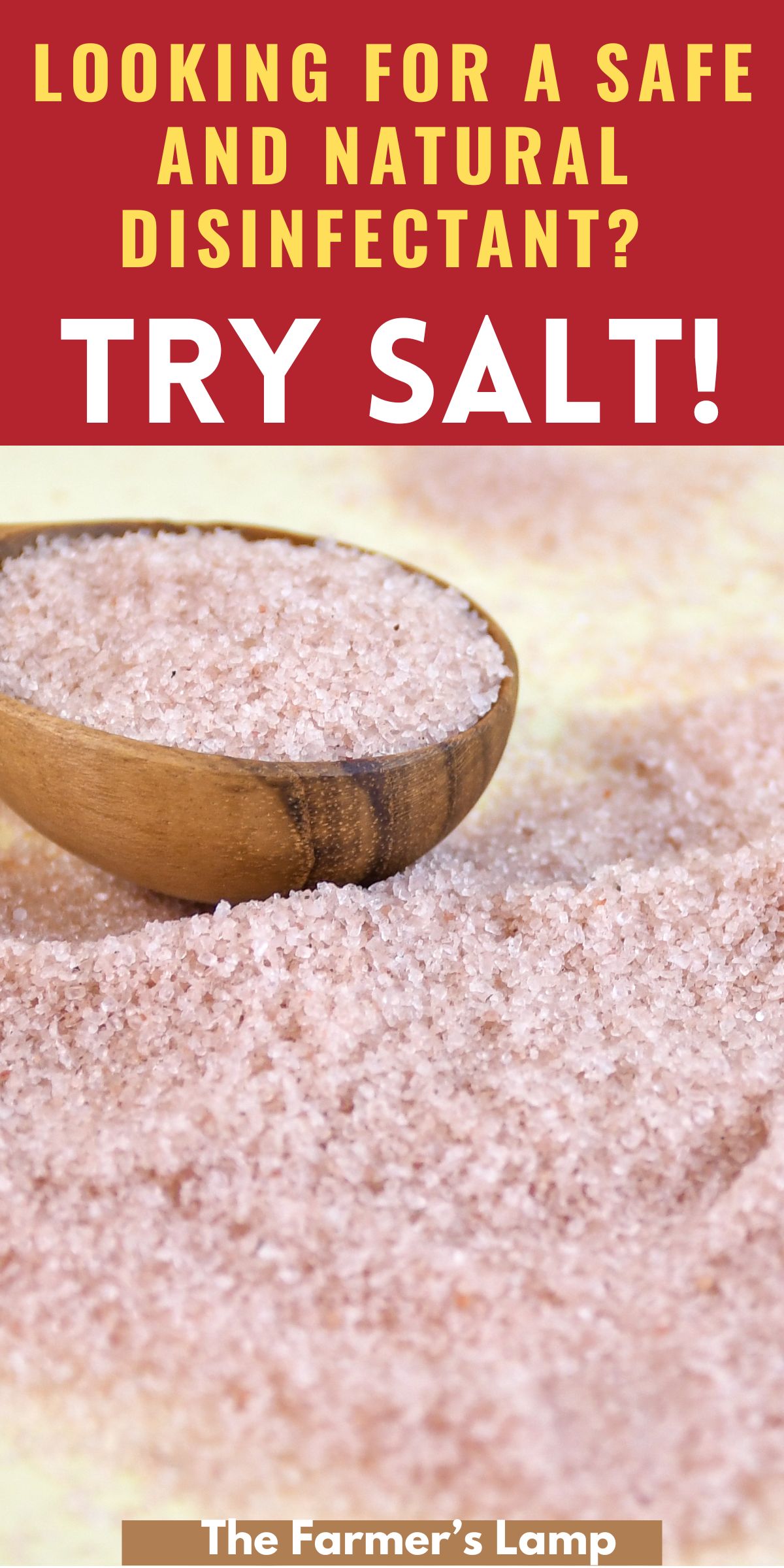
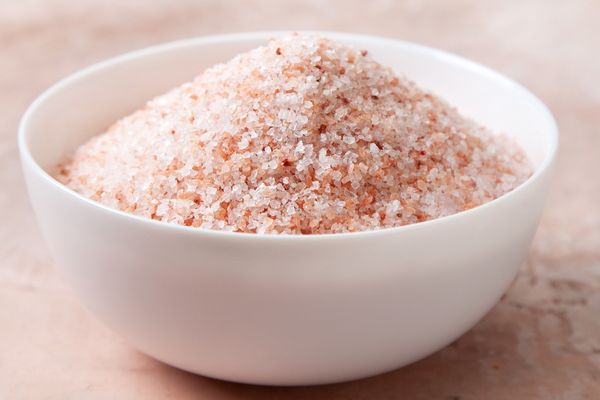
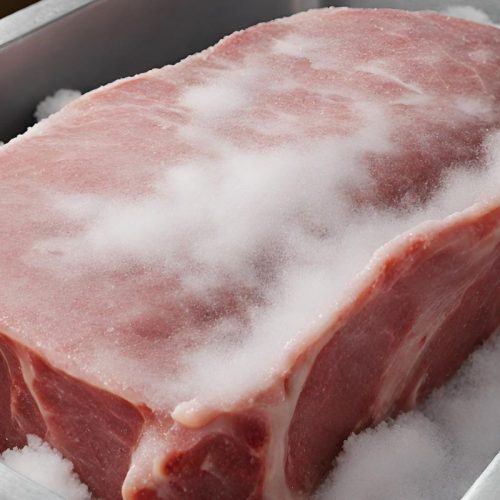
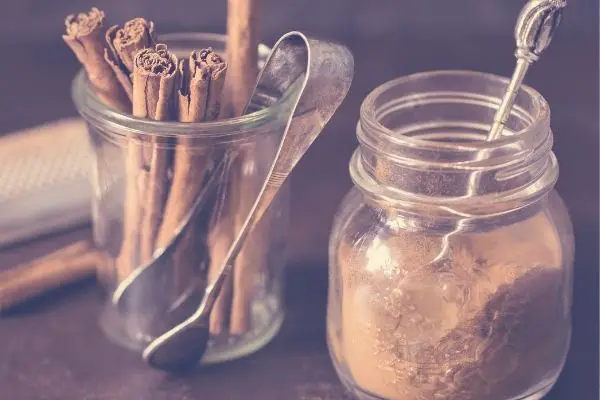

Leave a Reply